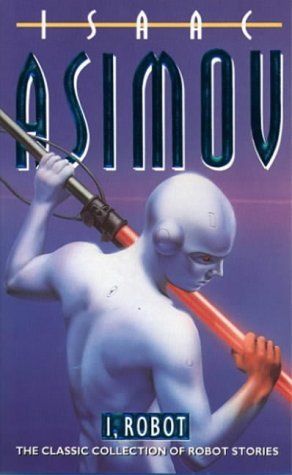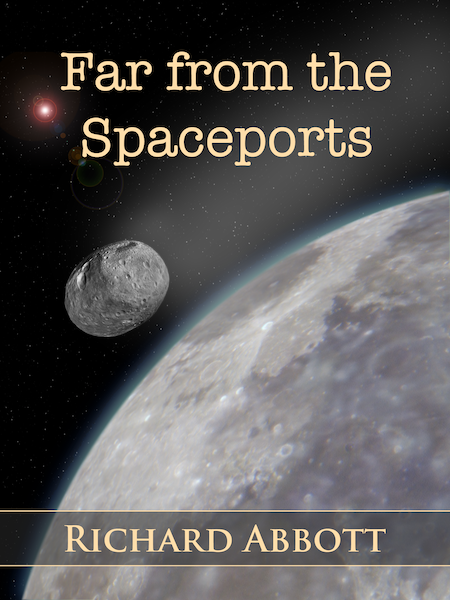
Last time I looked at our changing views of the animal world, and our ongoing attempts to find companionship there. But alongside that there has always been the recognition that animal or bird companions don’t quite satisfy. The Hebrew Bible sums it all up with the comment that none of the creatures was ideal as a partner, and moves on to the need for a second human. Whatever you make of the details of that account, the remaining pages of the Bible go on to describe all manner of human relationships – as well as opposite sex and same sex pairs, we find family and strangers, leaders and followers, friends and enemies, pairings which were suitable and entirely unsuitable. The other sacred texts of mankind are the same in this respect – alongside communications with the divine, human interactions are everywhere.
But for some reason, as a species many of us have been perennially disappointed and frustrated with relationships with one other – a sorry trend for which one can very easily find counter-examples, but which has fuelled many of history’s conflicts, both national and personal. Perhaps the autonomy and potential for disagreement in another individual is too disconcerting. Whatever the cause, the idea of building some sort of mechanical person goes back into the ancient world.
Greek myth has several variations on this theme, including Pygmalion’s ivory statue which animated to become his wife, and Hephaestus’ automata who assisted at his forge. In these cases, divine intervention of some sort was necessary to make the transition from dead to living. But in addition, Daedalus is said to have used quicksilver in order to impart speech to his statues, so the possibility of a human invention was considered.

For many centuries, speculation about artificial life circled around biology rather than metallurgy. Medieval alchemists toyed with the idea of homunculi, miniature humanoids whose creation required a series of esoteric steps such as leaving human sperm to incubate in horse manure for 40 days. Suggestions that the true quest of the alchemists was spiritual rather than physical make a lot of sense. The discovery in the late 18th century that human nerves responded to electricity triggered new ideas, which in literature were summed up by Mary Shelley in the person of Frankenstein and his research, leading to the creation of his life-form.
Today, the pursuit of artificial intelligence is largely seen as a technological challenge. By and large, we are working on the assumption that the main breakthroughs need to be in software, and that the container which houses the resulting application is only a convenient package allowing access to various kinds of sensory input. Time will tell if this assumption is valid.

We have a mixed attitude to artificial life. On the one hand we welcome it as a possible assistant and helper, but on the other we are anxious about possible failures of control. Will the creation refuse to obey the creator? Will it have end-goals which are hostile to our own well-being? In fiction, and to a degree in actuality, we try to govern this by logic. Isaac Asimov postulated that all robots had to obey three laws intended to protect humanity, and simply asserted that it was not possible to construct an artificial brain without these constraints. Frankenstein, on the other hand, rapidly lost control of his creation, largely through not understanding and empathising with its needs.
In the near-future world of Far from the Spaceports, some of these particular problems have been solved. Slate and her persona siblings are, on many levels, fit companions for Mitnash and the other humans they partner. But not in every way. Mitnash enjoys Slate’s company and her capacity for work, but often finds himself challenged by the ways in which she differs from his expectation. He often does a poor job of maintaining good relationships with both Slate as his working partner, and Shayna as his romantic one. Quite apart from the everyday difficulties of balancing work and life, Mit has to constantly choose how to relate to two quite different female partners. Our society struggles to balance the competing demands of an online world and our immediate family and friends – I have every expectation that this future society will struggle as well.
To finish, just for fun, here is a NASA picture showing the gravity variation on Mars. It has no connection with this blog post, but some of the action of By Default takes place on that planet!







